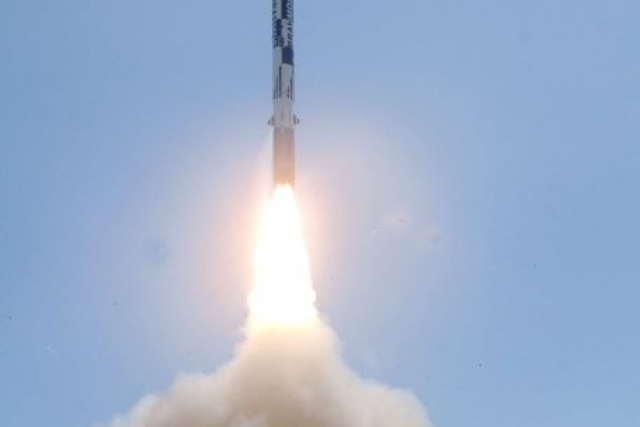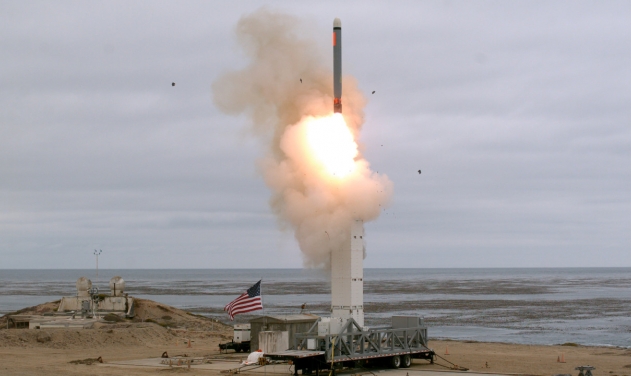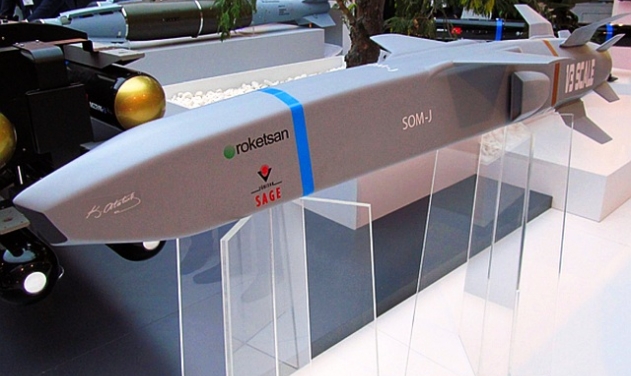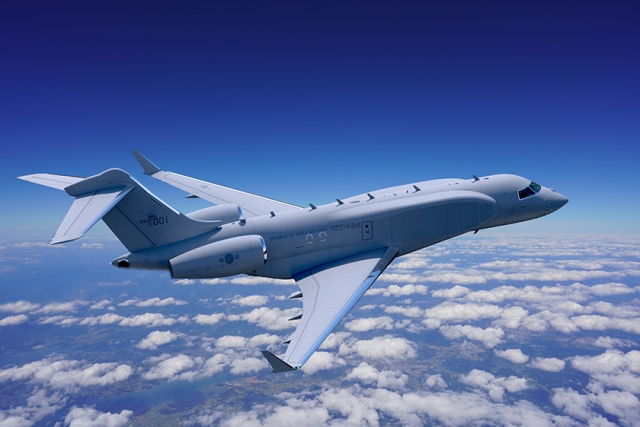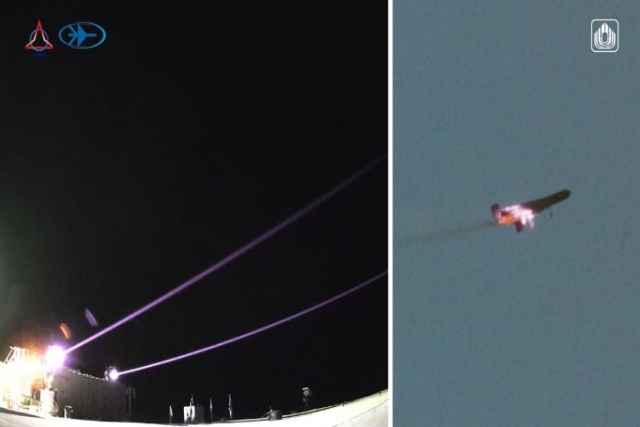Hypersonic Missiles to Give Russia Lead in Global Missile Race

Russia’s new hypersonic cruise missiles-the ‘Tsirkon’ land and sea-launched versions besides the ‘Burevestnik’ nuclear-powered cruise missiles will give Moscow a lead over the United States in next generation missiles.
The claim was part of President Vladimir Putin’s statement at a meeting with the top military brass on Tuesday in which latest Russian developments in missile technology were detailed.
"Our work…is proceeding according to plan: on the ‘Sarmat’ enhanced-yield intercontinental ballistic missile, on the ‘Tsirkon’ hypersonic missile in its land-based and sea-launched versions, on the ‘Poseidon’ intercontinental-range underwater drone and on the ‘Burevestnik’ global-range nuclear-powered cruise missile," Putin stated according to TASS.
The ‘Tsirkon’ is capable of Mach 9 speed with a 1,000 km strike range and can hit both naval and ground targets. Flying at 9 times the speed of sound the hypersonic cruise missile cannot be intercepted by any existing air defense capabilities, such as the S-400 or the US-made Patriot, even as it can be guided to its target with pin-point accuracy, Russian media avers.
More than ten ‘Tsirkon’ launches had been carried out against naval targets at distances of several hundred kilometers since the start of the missile’s trials. The missile firings from a sea platform were conducted in 2016, 2017 and 2018, according to TASS and other Russian media.
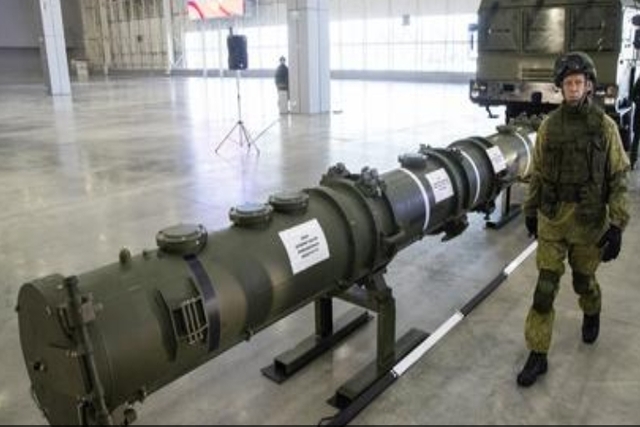
Russian warships and submarines currently armed with ‘Kalibr ‘or Oniks cruise missiles are expected to be replaced ‘Tsirkon’ hypersonic weapons in future. Russian Deputy Defense Minister Alexei Krivoruchko said on November 8 there were plans to deploy ‘Tsirkon’ missiles on the frigate Marshal Shaposhnikov currently undergoing modernization and on the Project 949A multi-purpose nuclear-powered submarine Irkutsk.
Not much is known about the development status of the ‘Burevestnik’ nuclear-powered cruise missile. The technology to equip a cruise missile with a nuclear engine has not yet been mastered by any nation. Questions such as what will happen to the nuclear engine after the missile expends itself are still to be answered by Russia.
In August this year, an explosion occurred at a Russian facility in the Arkhangelsk region while testing "a liquid propulsion system involving isotopes." Russian nuclear energy corporation Rosatom had then announced. The agency had said 5 employees had been killed while three others had suffered burns.
Western media has since speculated that the explosion was probably linked to Russia’s quest to develop a hypesonic nuclear rocket engine.

